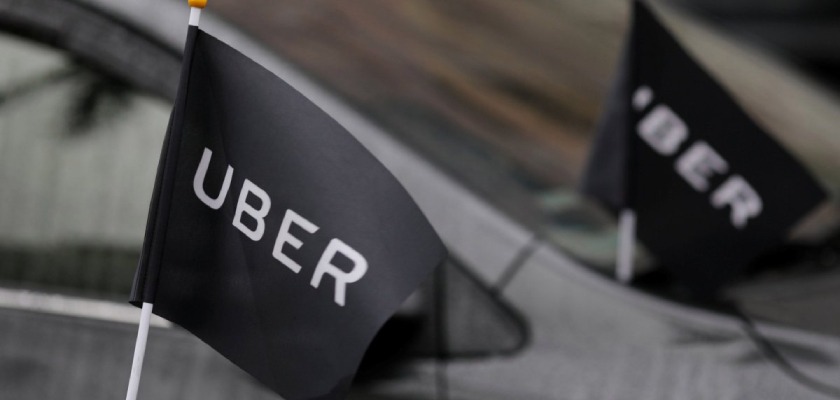
How to Exactly Comprehend Uber’s Digital Marketing Strategy
Lifestyle alterations in the mid-2000s caused the world to get dominated by mobile apps and being comfortable with fast-paced global formations, Uber has welcomed us into our lives with its controversial struggles since 2009 and boosted its brand awareness with digital marketing.
The ridesharing company owns a fleet of cars, SUVs, and independent vehicles that get themselves registered with Uber for being in the business. Uber ties up with cars and builds its fleet of cars. Plus, the subsidiary product provides meal delivery and has become more popular.
In more than 70 countries and 450+ cities across the globe, Uber operates; they have developed driving schools to inculcate good driving skills in the drivers who work under the company’s operational architecture. Because the business right now is booming, there are many car drivers who are ready to join the business, thereby resulting in an increased overall distribution presence.
Uber’s digital marketing strategy has not been to use traditional mass marketing methods like print, TVC, radio, or OOH but the company uses digital promotional activities to educate and engage with customers. They focused on putting a good product in front of their customers, for them to try it once and then come back again.
Social Media Strategy of Uber
Uber skillfully navigates the digital landscape by leveraging social media to spread its brand message and foster a sense of community among its users. Their social media strategy includes user-generated content, partnerships and collaborations, real-time engagement, promotions and offers, and storytelling.
Each of these elements is critical in developing and maintaining a positive brand image, ultimately contributing to Uber’s success in the highly competitive ridesharing market.
User-Generated Content
Uber effectively utilizes user-generated content to create a sense of community among its users and to provide authentic testimonials about its services. By encouraging users to share their experiences with specific hashtags like #Uber and #UberRide, the company can easily aggregate and showcase positive user experiences.
Here’s an example of how Instagram users, this time a famous musician, generate content and post it with branded hashtags:
During the COVID-19 pandemic, Uber launched the #SafetyNeverStops campaign, asking users to share their experiences with Uber’s new safety protocols, which helped to build trust among potential users who were concerned about the safety of ridesharing during the pandemic.
Partnerships and Collaborations
Partnerships and collaborations with celebrities and influencers have been a cornerstone of Uber’s social media strategy. By associating with popular figures, Uber is able to tap into their followers and increase its brand visibility.
For example, Uber recently made a partnership with a famous American footballer, Sterling Shepard, and benefited from the power of storytelling to promote the brand:
Real-Time Engagement
Social media serves as a vital customer service tool for Uber, with platforms like Twitter being used to engage with customers in real time. First, they tweet about trends:
me today at the theater 😭@nothnghppens @AMCTheatres pic.twitter.com/HMSDAAreeB
— Uber (@Uber) October 12, 2023
Then, immediately reply to their followers:
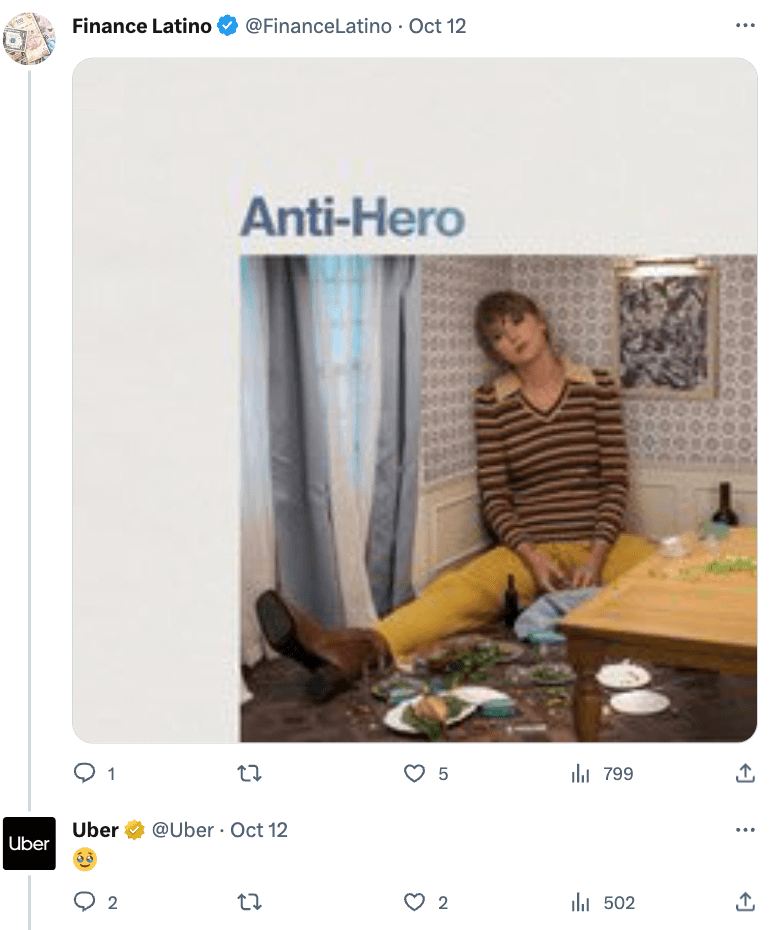
Also, when users tweet their queries or complaints, Uber’s support team responds promptly, demonstrating the company’s commitment to customer satisfaction. All these strategies for real-time engagement help to build a positive brand image and foster customer loyalty.
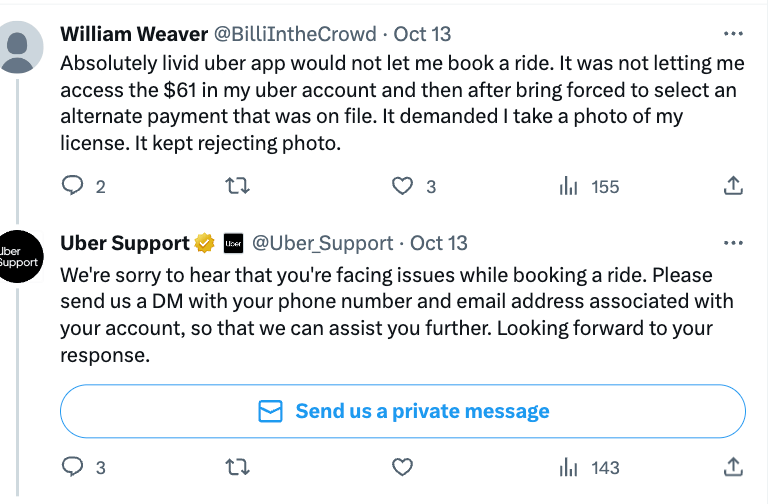
Fun & Relatable Content
Uber sets itself apart from typical corporate businesses by embracing a more communicative and relatable approach to its content. The brand skillfully targets a diverse audience, including Gen Z and Millennials, through its presence on platforms like Instagram.
For instance, they share astrology-related social media content to generate buzz since most people share it with their friends:
Celebrating Special Days
From New Year’s Eve and Christmas to Halloween, Uber doesn’t miss out on celebrating special days and always catches the festive energy. By aligning their content with the festive mood of the season, Uber successfully connects with its users on a more personal and relatable level.
Advertising Strategy of Uber
Uber’s advertising strategy has consistently pushed the boundaries of traditional advertising by leveraging effectiveness and futurism to connect with its global audience.
Through various platforms and mediums, Uber has effectively communicated its value proposition and built a strong brand identity. The company’s commitment to providing convenient, reliable, and innovative transportation solutions is evident in its advertising campaigns.
Effectiveness
Uber’s first TV ad, Effortless Night, spearheads the campaign “Where To?”, which also covers out-of-home, online, cinema, and press and will run for six weeks in the UK.
Uber – Effortless Night from Kim Gehrig on Vimeo.
Elvis Presley’s You’re the Boss adds its cool to the film, which was directed by Kim Gehrig and created by BBH London. The TVC was filmed in one shot, which meant that there were days of rehearsals to make sure the choreographed piece flowed across 60 seconds, that the story in each nightclub registered, and that it told the overarching story of an evening out and about made easy by Uber.
Futurism
The ridesharing company revealed that they’re keen to utilize drone technology for the UberEats meal-delivery service and was accidentally by a job ad posted on WSJ, titled “flight standards and training”. The position is based in the company’s home city of San Francisco.
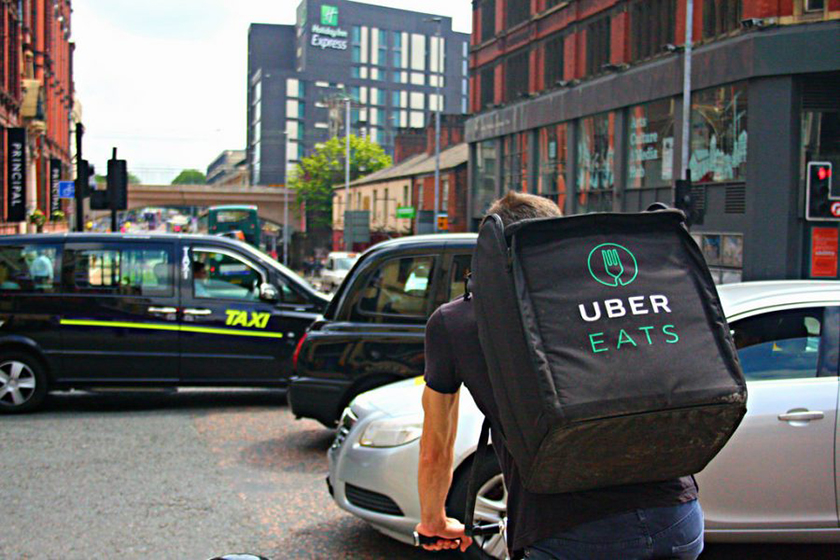
Following an inquiry by the Journal, Uber took down the listing from their website, but at the time of writing, it can still be viewed here on LinkedIn. A spokesperson at Uber said only that the posting “doesn’t fully reflect our program, which is still in its very early days”.
The ad says the primary focus of the role is to develop “standards, procedures, and training while scaling down the operational risk for all UberExpress flight operations.” UberExpress is the internal name used for the company’s drone-based plan.
Seo Strategy of Uber
By leveraging various SEO techniques, such as keyword optimization, mobile optimization, local SEO, content marketing, and link building, Uber has successfully enhanced its web presence and cemented its position as a leader in the ridesharing industry.
If you want to develop a successful SEO or digital marketing strategy in general, don’t forget to check out our curation of top digital marketing agencies!
Keyword Optimization
In order to improve its online visibility and attract more users, Uber meticulously researches and identifies relevant keywords that potential users might use when searching for ridesharing services. These keywords are then incorporated into the content on Uber’s website and app, helping to improve the platform’s search engine ranking for those specific terms.
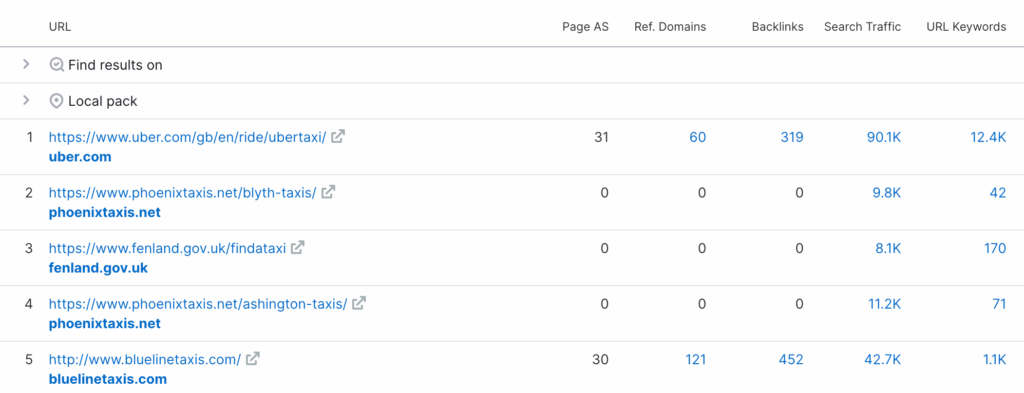
Mobile Optimization
With a significant portion of Uber’s users accessing the service through its mobile app, Uber ensures that its app is fully optimized for mobile devices. This involves ensuring that the app provides a seamless and user-friendly experience, with fast loading times and easy navigation, thereby enhancing user satisfaction and retention.
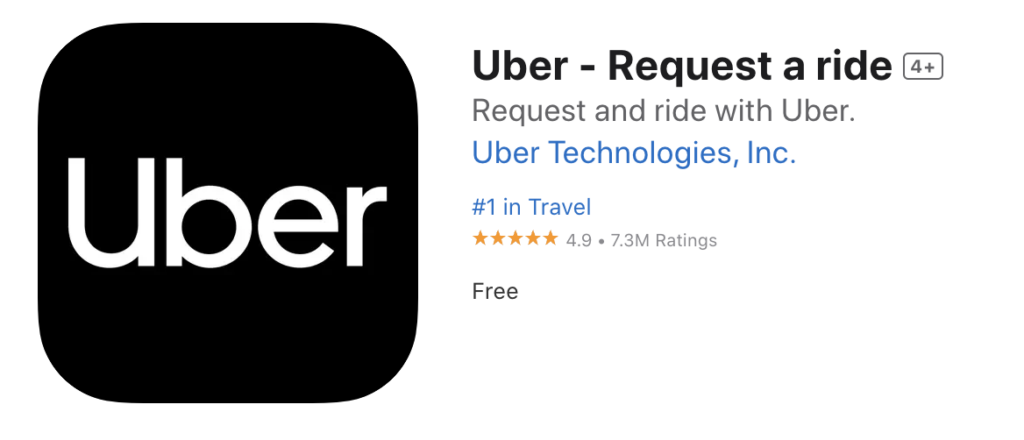
Local SEO
Uber places a strong emphasis on local SEO to ensure that its service appears in search results for specific locations. By optimizing its website and app content for location-specific keywords and ensuring accurate and consistent business listings across the web, Uber is able to effectively target users in specific geographic areas.
Content Marketing
Content marketing is a key aspect of Uber’s SEO strategy. The company creates and shares valuable, relevant content that is tailored to its target audience.
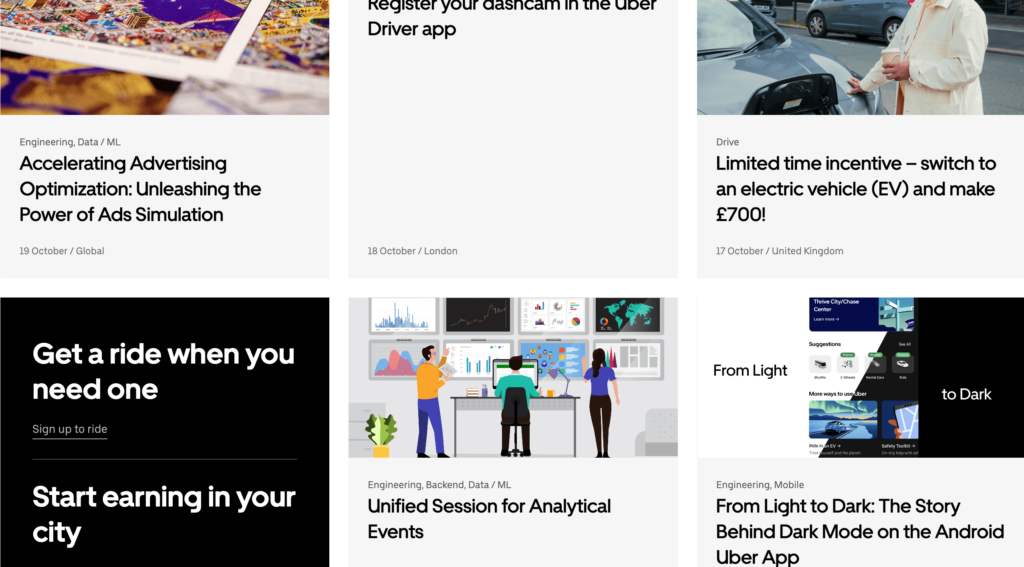
This includes blog posts, as you can see above, and videos that provide helpful information about the service, tips for drivers and riders, and updates on new features or promotions. This content is optimized for search engines and helps drive organic traffic to Uber’s website and app.
Link Building
Uber works diligently to build high-quality backlinks from reputable sources such as news outlets, blogs, and industry websites. These backlinks are crucial in improving the platform’s domain authority and search engine ranking, thereby increasing its visibility and attracting more users.























